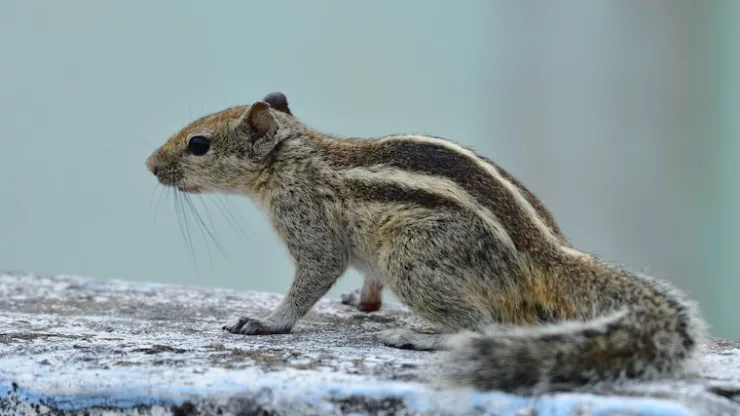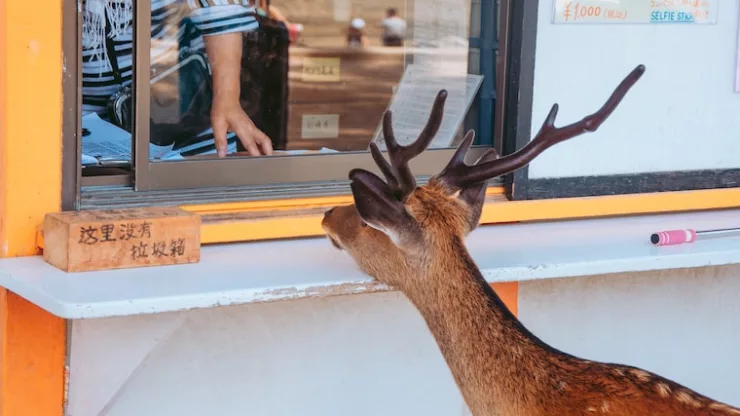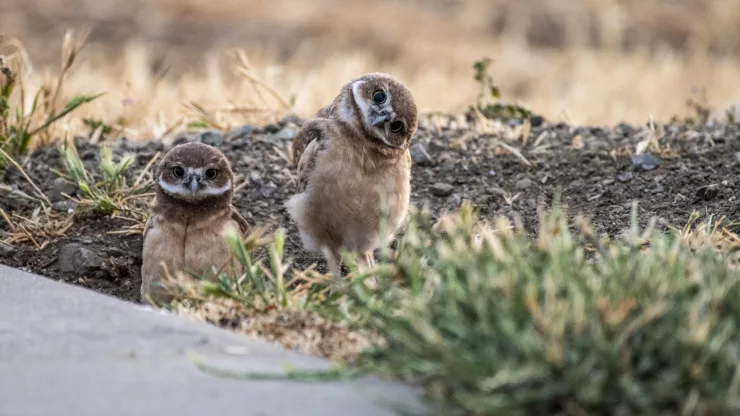As urbanization continues to expand, the presence of animals in urban areas has become more apparent.
From raccoons rummaging through trash cans to pigeons perched on buildings, urban wildlife has become a common sight in many metropolitan areas.
While some may view these animals as nuisances, it is important to remember that they are an integral part of our ecosystem and can provide numerous benefits to urban environments.
In this article, we will explore the importance of coexisting with wildlife in cities, the effects of urbanization on wildlife, and strategies for promoting a sustainable future through the coexistence of humans and nature in urban areas.
Jump to Section
The Importance of Coexisting with Wildlife in Cities
Urban wildlife can provide numerous benefits to urban environments, including pollination, pest control, and nutrient cycling.
For example, bees and butterflies are critical for pollinating urban gardens and crops, while birds of prey such as hawks and owls can help control populations of rodents and other pests.
Additionally, urban wildlife can serve as indicators of environmental health and provide educational opportunities for urban residents.
By coexisting with urban wildlife, we can promote a healthier, more sustainable environment for both humans and animals.
How Urbanization Affects the Wildlife Around Us
Unfortunately, urbanization can have negative impacts on wildlife populations.
As cities expand, habitats are destroyed or fragmented, making it difficult for wildlife to find suitable places to live and raise their young.
Additionally, urban environments can be hazardous for animals, with increased exposure to traffic, pollution, and other human-made hazards.
These challenges can lead to declines in population sizes and loss of biodiversity.
However, some species have been able to adapt to urban environments and thrive amidst the concrete jungle.
The Adaptive Abilities of Animals in Urban Habitats
Many animals have shown remarkable adaptations to living in urban environments.
For example, raccoons have learned to open trash cans to access food, while seagulls have adapted to scavenging for food in urban areas.
Some bird species have even begun to build nests on buildings and other man-made structures, taking advantage of the resources provided by human activity.
These adaptations demonstrate the resilience of wildlife and highlight the potential for coexistence with humans in urban environments.
The Benefits of Green Spaces for Urban Fauna
Green spaces, such as parks, gardens, and other natural areas, can provide critical habitats for urban wildlife.
These spaces offer resources such as food and shelter and can serve as corridors for wildlife to move between fragmented habitats.
Additionally, green spaces can offer numerous benefits to human residents, including improved mental and physical health, reduced air and noise pollution, and increased property values.
Investing in the creation and maintenance of green spaces can benefit both humans and animals in urban areas.
The Role of Humans in Creating Livable Urban Habitats for Animals
Humans play a critical role in creating livable habitats for urban wildlife.
By designing buildings and infrastructure with consideration for wildlife, we can reduce the negative impacts of urbanization and promote coexistence.
Strategies for creating livable habitats for urban wildlife include incorporating green roofs and walls, providing nesting boxes and other habitat structures, and reducing light pollution.
Additionally, individuals can take steps to reduce their impact on wildlife, such as properly disposing of waste and avoiding feeding wild animals.
The Challenges of Managing Human-Wildlife Conflicts in Cities
While coexistence with urban wildlife is desirable, conflicts can arise between humans and animals.
These conflicts can range from nuisance behaviors, such as raccoons getting into trash cans, to more serious issues, such as coyote attacks on pets.
Managing these conflicts can be challenging, and solutions must balance the needs of both humans and animals.
In some cases, relocation or other mitigation measures may be necessary to address conflicts.
Innovative Solutions for Mitigating Human-Wildlife Conflicts in Urban Areas
Innovative solutions for mitigating human-wildlife conflicts in urban areas are emerging.
For example, some cities are implementing programs to reduce bird strikes on buildings, such as installing bird-friendly glass or using ultraviolet light to deter birds.
Other solutions include using non-lethal methods for managing wildlife populations, such as contraception or relocation to suitable habitats.
By investing in innovative solutions, we can create more sustainable urban environments that promote coexistence with wildlife.
The Role of Education in Promoting Coexistence with Urban Wildlife
Education is a critical component of promoting coexistence with urban wildlife.
By educating urban residents about the importance of wildlife and the impacts of urbanization, we can foster a culture of respect and appreciation for the natural world.
Additionally, education can help individuals understand how to reduce their impact on wildlife and promote coexistence through simple actions, such as properly disposing of waste and avoiding feeding wild animals.
Conclusion: Embracing Diversity in Urban Ecosystems for a Sustainable Future
Urbanization is a complex issue with significant impacts on both humans and wildlife.
However, by embracing diversity and promoting coexistence with urban wildlife, we can create more sustainable and livable urban habitats.
Through the creation of green spaces, the implementation of innovative solutions, and education, we can promote a culture of respect and appreciation for the natural world and create a sustainable future for both humans and animals in urban areas.
Examples of Animals that Have Adapted to Urban Environments
| Animal | Adaptations to Urban Environments |
|---|---|
| Raccoon | Ability to open trash cans to access food |
| Seagull | Adaptation to scavenging for food in urban areas |
| Coyote | Ability to thrive in fragmented habitats and scavenging for food in urban areas |
| Peregrine Falcon | Nesting on man-made structures such as skyscrapers |
| Red Fox | Ability to adapt to human activity and coexist with humans in urban areas |
Creating sustainable urban habitats that promote coexistence with wildlife is critical for our future.
By understanding the importance of urban wildlife, the challenges of urbanization, and the potential for coexistence, we can create more sustainable and livable cities that benefit both humans and animals.
Through investment in green spaces, innovative solutions, and education, we can promote a culture of respect and appreciation for the natural world and create a more sustainable future for all.
I’m a nature enthusiast and creator of Metro Wilds and have spent years exploring the great outdoors.
With a passion for environmental conservation and sustainability, I have dedicated my career to writing about the beauty and wonders of nature, as well as the threats facing our planet.
Contact me at [email protected] for assistance.





